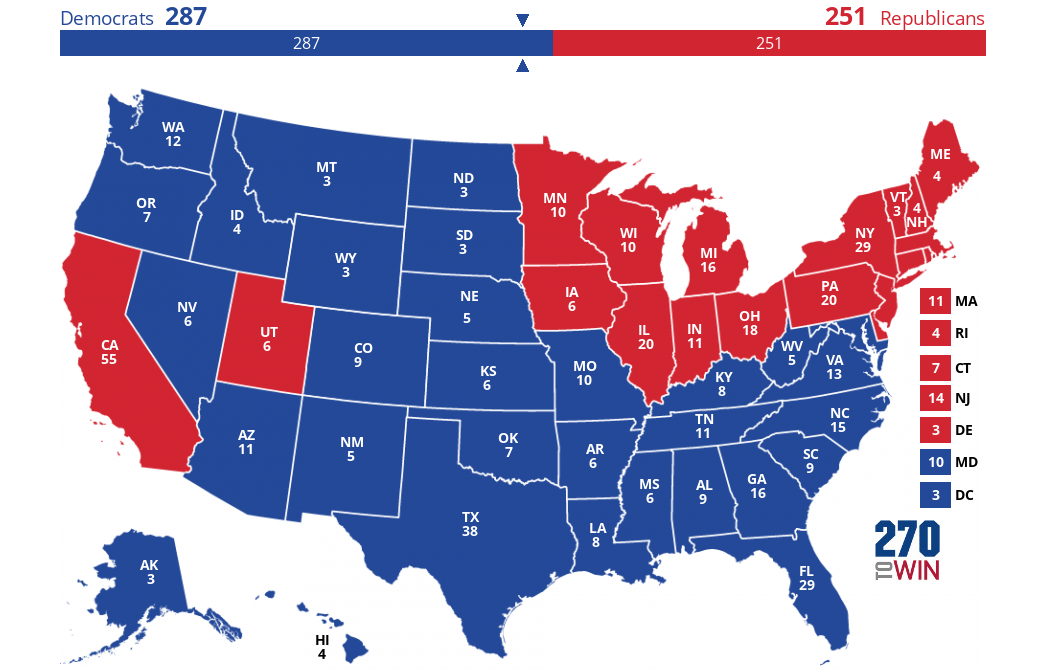Hey so this is my first post!
Inspired by the other parliamentary America maps, here is my take on the situation. I made some maps in DRA and will probably put them up later but decided to make a hex map, since that seems to be the fad in PM systems.
In this universe, the UK took the “taxation without representation” call from the colonies by giving them seats in Parliament. This lead to the American MPs becoming a united block, supporting various factions in London in exchange for pork including the transfer of Lower Quebec to the Atlantic colonies and the repeal of the 1763 ordinance. When parliament exhausted itself with the American horse-trading, they created the Dominion of Columbia encompassing the East Coast of North America.
Politics in Columbia has always been three-legged. When she obtained in dependence in the 1840s, it was natural that the three main regions would diverge in issues due to the situational differences between the regions. While the parties in control of each region would switch, and the issues pushing them would change, the North, West, and South have always had their own political party.
With growing disapproval of Labour, the Conservatives and the Whigs were poised for a comeback in 2016. Despite winning a minority government in 2006 and a majority in 2011, Labour has had problems implementing their proposed reforms and has betrayed many of their campaign promises. With the economy still lacking thanks to the 2005 collapse in the hands of the Whigs, the Conservatives were poised to become the largest party. Following the election, a Conservative-Whig Coalition formed.
Major Parties:
Conservative: The traditional right wing party in Columbia. Their base is made up of rural and suburban voters, particularly in the South and Southwest. They also turn to wealthy voters in the big cities along the cost, such as the capitol of New York City. Before 2016, the Conservative Party had not held government since the mid-1980s, often playing the role of opposition. The party has been a minority party to the Whigs several times throughout the Long Liberalism. In With disgust at Labour failing to fulfill many of their electoral promises, and the 2005 economic collapse still lingering, the Conservatives formed a government with the Whigs following the 2016 election.
Labour: Rising to the forefront of politics at the turn of the 20th century, the Labour party is the left wing party in Columbia. Their base is in the West, specifically the Northwestern Lake region. Here, the big, union-friendly citied of Cleveland, Detroit, and Chicago feed the Labour machine. Labour also obtains votes from the Afro-Columbian voters in the South, thanks to their support of civil rights in the late 50s. The Party has traditionally been out of power since its days of domination in the early 20th century, relegated to collations with the Conservative or the Whigs. However, in 2006, with Liberal support at an all-time low thanks to the 2005 market collapse, Labour formed a minority government. This became a majority government in 2011.
Whig: The Whig party is the Liberal party, the modern, party, and the party of the Northeast. Whig support is highest in tech-dominated New England, internationalist New York, and among the transplant/multinational retirement community in Florida. If the Whigs are to become the largest party, the party needs to win much of the suburban seats across Columbia. This was achieved throughout the Long Liberalist Era from the mid-1980s, to 2005. Following to 2005 economic crisis, the Whig vote collapsed, seeing the party return to Manhattan with under 50 seats. By the 2016 election, the party has recovered somewhat and is the junior partner in the current Con-Lib coalition.
Republican (No connection to US Republicans): While not a major party in comparison to the big three, the Republican Party achieves over 10% of the vote in every election and contests every seat. The Republican Party is committed to the ideal of Republican Democracy, the withdrawal of Columbia from the Commonwealth, and closer ties to Mexico, Canada, Louisiana, and Quebec. The party originally was the third leg of the Trifecta when the nation became independent, representing the West. However, its inability to enter government, and the hostile ideology preached by the party saw their fortunes decline in favor of Labour. Still, the party achieves best results in semi-rural Western seats and in the State of Superior where the Conservative Party no longer exists. The Republican Party has never been in any government in the modern era.
Minor Parties
Columbian Green: The Columbian branch of the Green movement. They won their first constituency, Berkshire, in 2001. Since then, the party has seen the most success in college constituencies, putting them at odds with the Whigs.
Lumbee National: A local interest party. The Lumbee Nation have held their rural North Carolina seat in various forms since the 1960s. The Party does not contest any other seats and is a local Party.
Popular Revolutionary: Traditionally the Columbian Communist Party. Following the downfall of the Soviet Union, the party branded itself as a far left organization that rejected Communism. They have always been a local party, never breaking through and winning a seat until 2006 when the party won Lowell.
Liberty and Justice – A local party for Arabs, mostly active in the Arab communities in the Northeast and Northwest. In 2011, the party ran their first ever candidate in Majority-Arab Dearborn, however lost unconvincingly to the Labour incumbent. Following the Labour collapse in 2016, the Party saw a breakthrough and won Dearborn by 1.1%.

